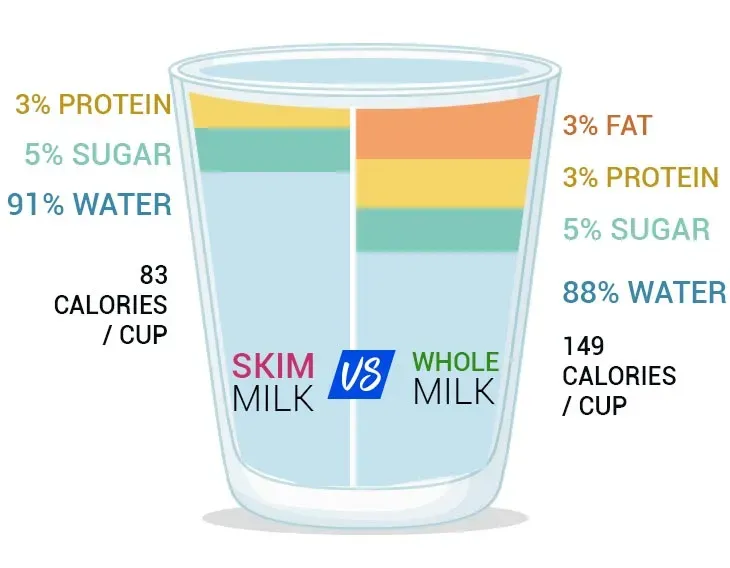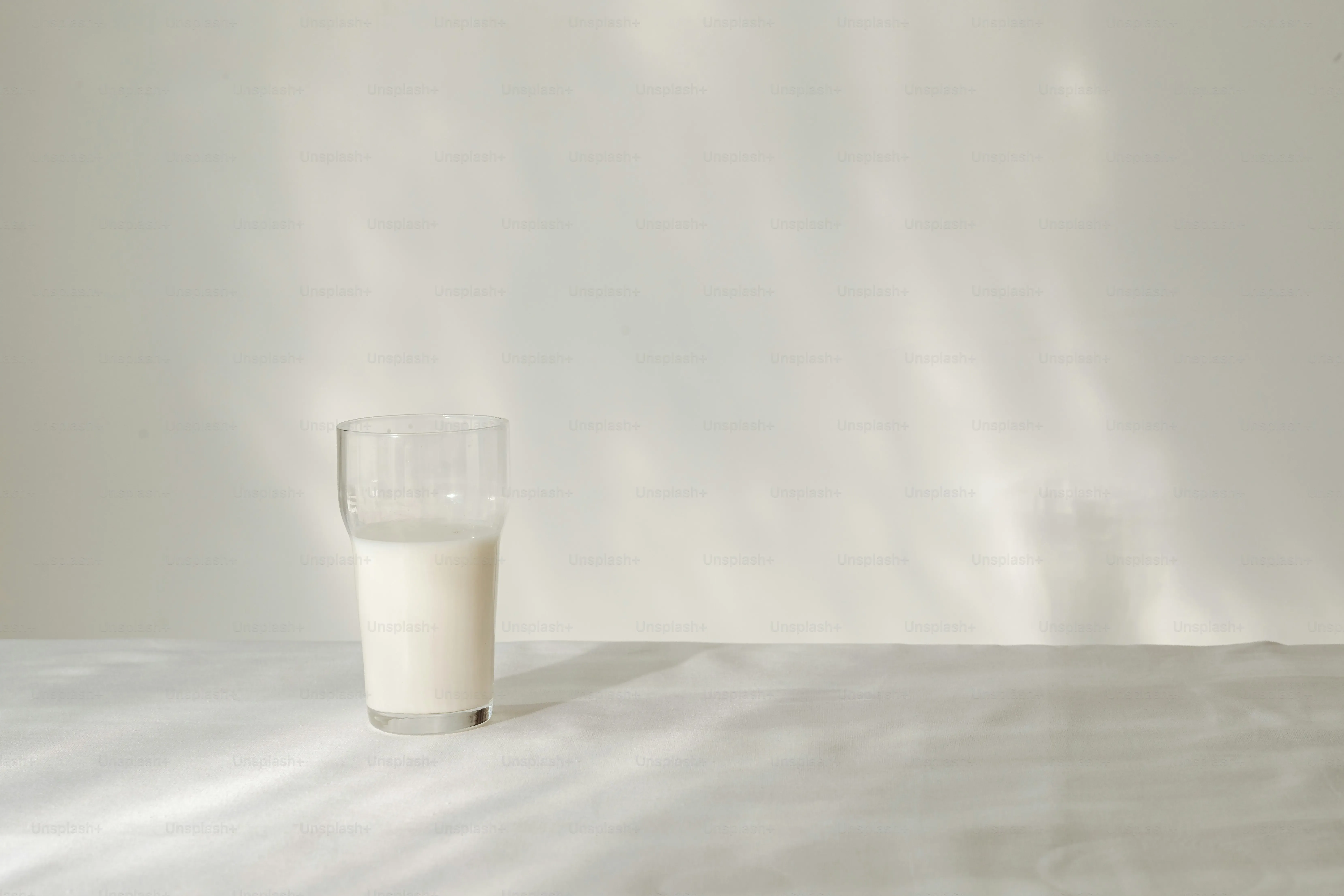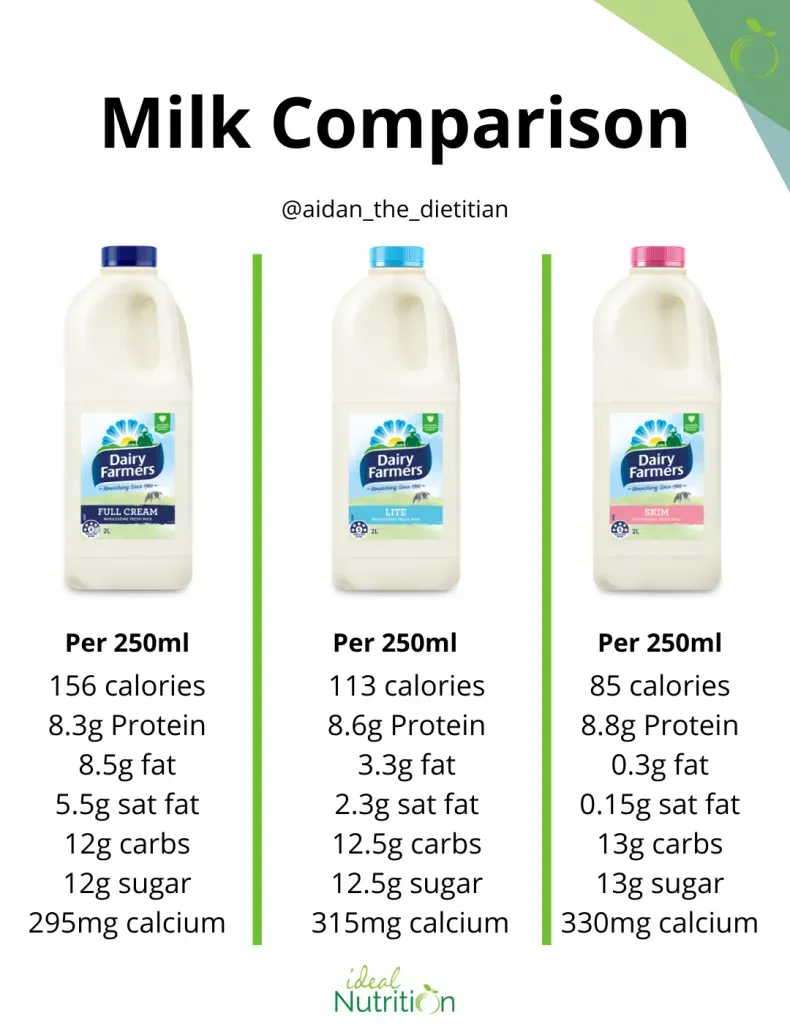Table of Contents
Introduction
For years, dietary guidelines pushed us toward low-fat everything, and milk was no exception. You probably grabbed the carton labeled "skim" or "low fat" thinking you were making the undeniably healthy choice. But peel back the label, and the picture gets a bit more complicated than just counting fat grams. When comparing **low fat vs skim milk**, we’re talking about more than just a number on the nutrition panel. We're wading into a debate about saturated fat, nutrient absorption, and what "healthy" really means in the context of dairy. This article cuts through the marketing fluff to look at the actual differences. We'll break down the fat content, sure, but also dig into the vitamins, minerals, and the surprisingly complex science around saturated fat in milk. Forget the outdated dogma; we’ll explore what recent research suggests about how these milk types stack up, from calories to potential health impacts. By the end, you should have a clearer idea of which carton makes sense for your fridge, based on facts, not just old habits.
Understanding the Basics: Low Fat vs Skim Milk Fat Content

Understanding the Basics: Low Fat vs Skim Milk Fat Content
Breaking Down Low Fat Milk
Alright, let's get down to brass tacks on the fat content when you look at **low fat vs skim milk**. Low fat milk, often labeled as 1% or 2%, is exactly what it sounds like – milk with a reduced amount of fat compared to whole milk. The number, 1% or 2%, refers to the percentage of fat by weight in the milk. So, a cup of 2% milk contains about 2.5 grams of fat, making it significantly less fatty than whole milk's approximately 8 grams per cup. This was the go-to for decades if you were told to cut fat but still wanted *some* texture and flavor that skim milk lacks.
What Skim Milk Actually Is
Now, skim milk, also called non-fat milk or fat-free milk, takes the fat reduction even further. When dairy processors make skim milk, they remove virtually all the milk fat. The goal is to get it down to less than 0.5% fat by weight. This process leaves you with a liquid that's much thinner and has a less rich mouthfeel than low fat or whole milk. It became the poster child for low-calorie diets back when fat was the ultimate villain in the nutrition world. Comparing **low fat vs skim milk** purely on fat content, skim milk wins the "least fat" award hands down. Here's a quick look at how they stack up on fat:
Milk Type | Approximate Fat Content (by weight) |
|---|---|
Whole Milk | 3.25% |
Low Fat Milk (2%) | 2% |
Low Fat Milk (1%) | 1% |
Skim Milk | Less than 0.5% |
Nutrients Beyond Fat: Calories, Vitamins, and Minerals

Nutrients Beyond Fat: Calories, Vitamins, and Minerals
Calorie Count and the Usual Suspects
so we know skim milk has way less fat than low fat milk. Logically, that means fewer calories, right? Yep, generally speaking. An 8-ounce glass of skim milk clocks in around 80-90 calories, while 1% is closer to 100-110, and 2% hovers around 120-130. This calorie difference was a big reason skim became the darling of calorie counters. But here's the kicker: when you strip out the fat, you're not really losing much of the *other* good stuff that milk is known for. We're talking calcium, vitamin D (which is added back into most milk, regardless of fat level), phosphorus, and protein. These micronutrients and protein are largely retained in both low fat and skim versions. Think of it like taking the frosting off a cake; the cake itself (the vitamins, minerals, protein) is still there, just with less of the calorie-dense topping (the fat).
Beyond the Basics: Absorption and Added Vitamins
While the core nutrient profile of protein, calcium, and phosphorus stays pretty stable between low fat and skim, there's a slight nuance. Vitamins A and D are fat-soluble, meaning your body absorbs them better when there's some fat present. Dairy processors know this, which is why they fortify milk with these vitamins after processing. So, even though skim milk has almost no fat, you're still getting those added vitamins. The absorption *might* be marginally less efficient without the natural fat, but the added amounts usually compensate. It’s not like drinking skim milk means you get zero vitamin D; you just might absorb a tiny bit less compared to drinking whole milk or possibly even 2%. It's a small point, but worth noting if you're splitting hairs on nutrition labels. How do their key nutrients compare per 8oz serving?
Nutrient | Skim Milk | 1% Low Fat Milk | 2% Low Fat Milk |
|---|---|---|---|
Calories | ~80-90 | ~100-110 | ~120-130 |
Protein | ~8g | ~8g | ~8g |
Calcium | ~300mg (25% DV) | ~300mg (25% DV) | ~300mg (25% DV) |
Vitamin D (fortified) | ~2.4mcg (10% DV) | ~2.4mcg (10% DV) | ~2.4mcg (10% DV) |
Vitamin A (fortified) | ~150mcg RAE (15% DV) | ~150mcg RAE (15% DV) | ~150mcg RAE (15% DV) |
Saturated Fat: The Debate Around Low Fat vs Skim Milk

Saturated Fat: The Debate Around Low Fat vs Skim Milk
The Saturated Fat Turnaround
For decades, the official line was simple: saturated fat equals clogged arteries, end of story. This is precisely why skim milk and low-fat milk became the darlings of dietary guidelines. The thinking went, cut the fat (especially the saturated kind), cut the risk. It seemed logical enough on the surface. You saw the fat percentage drop from whole milk's 3.25% down to less than 0.5% in skim, and you figured you were doing your heart a favor by choosing the latter in the **low fat vs skim milk** showdown. The saturated fat in milk was seen as a dietary villain that needed to be minimized or eliminated. But hold on a minute. What if that wasn't the whole story?
Choosing Your Milk: Is Low Fat or Skim Milk Right for You?

Choosing Your Milk: Is Low Fat or Skim Milk Right for You?
Making Your Milk Decision
So, after wading through the fat percentages and the shifting sands of saturated fat science, you might be asking, " but which one should *I* drink?" The truth is, there's no single, universally "right" answer when comparing **low fat vs skim milk**. If your primary goal is simply to reduce calorie intake as much as possible, and you don't mind the thinner texture, skim milk is the clear winner on that front. It delivers protein, calcium, and fortified vitamins with minimal caloric cost. However, if the slightly richer taste and mouthfeel of 1% or 2% milk make you more likely to actually *drink* milk and get those nutrients, then a few extra calories and grams of fat might be a perfectly reasonable trade-off. Your overall dietary pattern matters far more than whether your milk has 0.1% or 1% fat; are you piling sugar into it? Eating a balanced diet otherwise? Those questions carry more weight than the skim vs. low-fat debate itself.
Making Your Milk Choice
So, after wading through the fat percentages, calorie counts, and the evolving science on saturated fat, where does that leave you? The truth is, the choice between low fat and skim milk isn't a simple declaration of one being universally "better." Skim milk offers a nutrient punch with minimal calories, a solid option if calorie restriction is your primary goal. Low fat milk sits in the middle, offering a bit more richness for a slight calorie increase. Emerging research nudges us to reconsider the automatic fear of the small amount of fat present, suggesting the saturated fat in dairy might not be the villain it was once painted as, potentially offering some benefits or at least not the harm previously assumed. Ultimately, the "right" milk for you ties into your overall diet, your health goals, and frankly, what you actually enjoy drinking. Don't just grab the carton out of habit; consider what's inside and what fits your life.
